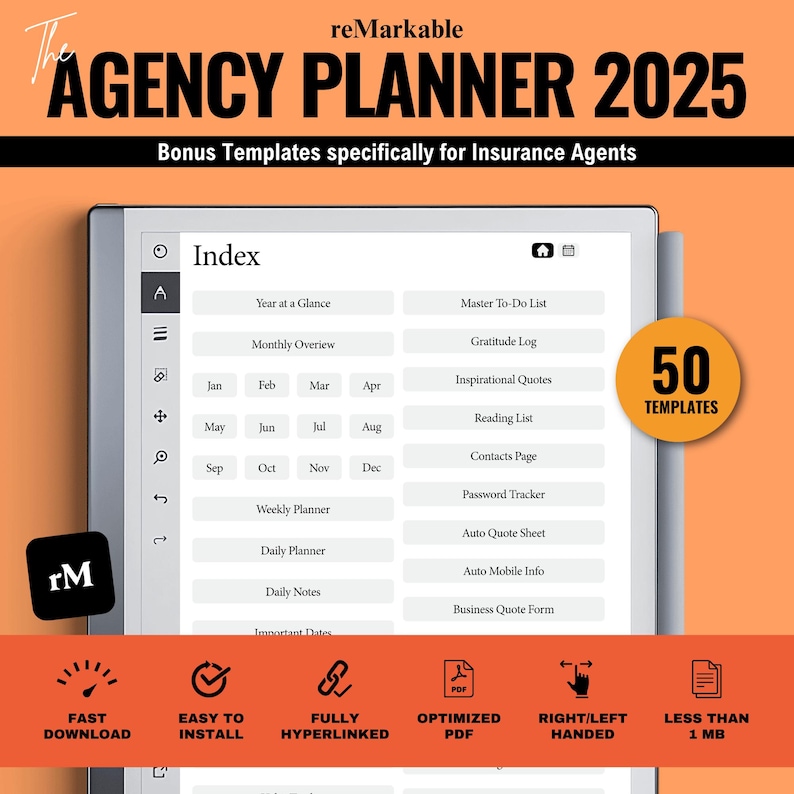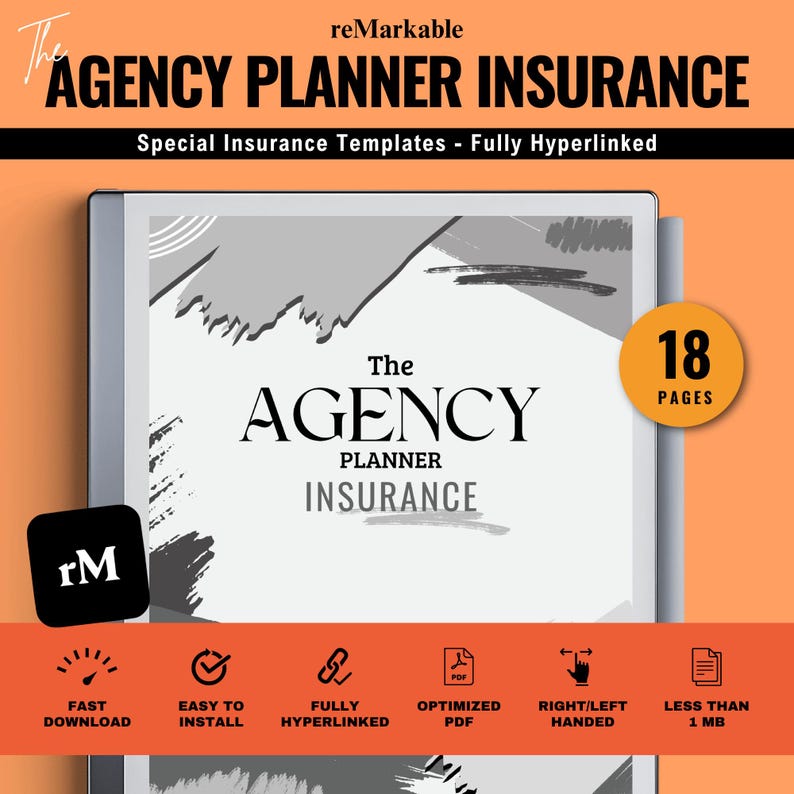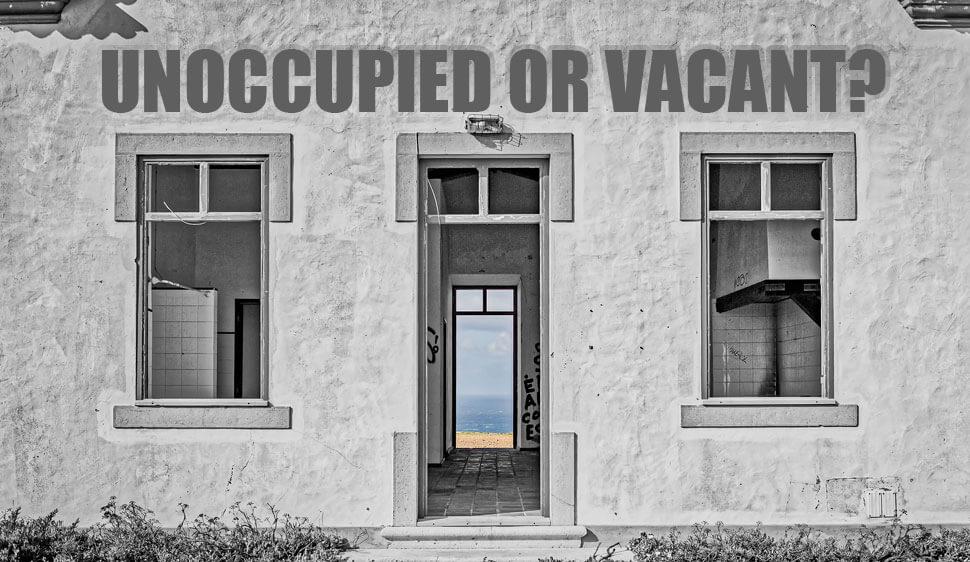Owning vacant property comes with its own unique set of challenges, not least of which is managing insurance costs. Vacant properties often pose higher risks for insurers due to increased chances of vandalism, theft, and damage from environmental factors, leading to steeper premiums. However, with the right strategies, property owners can significantly reduce these insurance expenses without compromising on coverage. In this article, we’ll explore smart, practical tips to help you lower your vacant property insurance costs while keeping your investment protected. Whether you’re holding a home between tenants, managing seasonal properties, or dealing with long-term vacancies, these insights will provide valuable guidance to optimize your insurance budgeting.
Table of Contents
- Understanding the Unique Risks Associated with Vacant Properties
- Effective Security Measures That Can Significantly Reduce Premiums
- Choosing the Right Coverage Options to Avoid Overpaying
- Leveraging Property Maintenance Practices to Minimize Insurance Costs
- In Summary
Understanding the Unique Risks Associated with Vacant Properties
Vacant properties inherently carry a distinct set of vulnerabilities that directly influence insurance premiums. Unlike occupied homes, these properties often attract unwanted attention from vandals, squatters, and thieves, making them susceptible to higher rates of property damage and theft. Additionally, routine maintenance can be overlooked, increasing the risk of issues such as burst pipes or fire hazards going unnoticed for extended periods. This heightened risk profile compels insurers to categorize vacant properties as high-risk, often leading to specialized coverage requirements and elevated costs.
Beyond physical threats, vacant properties pose challenges related to liability and legal responsibility. Without regular oversight, these buildings might fall into disrepair, creating hazardous conditions that can result in accidents on the premises—events that could trigger costly lawsuits. Insurance companies also consider the increased difficulty in mitigating damage during emergencies since no one is onsite to detect early warning signs. Understanding these nuances is crucial for owners seeking to tailor their insurance coverage appropriately, and to implement proactive measures that demonstrate responsible property management to insurers.
Effective Security Measures That Can Significantly Reduce Premiums
Implementing robust security measures not only protects your property but also sends a strong signal to insurance providers that the risk of damage or theft is minimized. One of the most effective steps is installing state-of-the-art alarm systems integrated with 24/7 monitoring services. These alarms deter potential intruders and often come with motion detectors, glass-break sensors, and immediate police notification. Complement this with surveillance cameras placed at strategic points such as entryways, driveways, and vulnerable exterior walls. Visible cameras act as a powerful deterrent, and recorded footage can help resolve claims quickly, reducing insurer concerns.
Besides electronic systems, consider physical enhancements that reinforce your property’s defense against unauthorized access. Secure all windows and doors with high-quality locks, deadbolts, and reinforced frames. Installing gated fences and secure barriers around the property perimeter further decreases exposure to vandalism and trespassing. Additionally, regular inspections and maintenance of these security features ensure they remain effective over time. Insurance companies often offer discounts for properties that combine both technological and physical security measures, so make sure to document all upgrades when negotiating your premium.
Choosing the Right Coverage Options to Avoid Overpaying
Leveraging Property Maintenance Practices to Minimize Insurance Costs
Consistent upkeep and proactive property maintenance are pivotal in reducing the risk profile of a vacant property, which can significantly lower your insurance premiums. Insurers tend to favor properties that demonstrate regular care since this directly correlates with fewer claims related to damage or vandalism. Implementing routine inspections to identify and promptly address minor issues such as leaks, cracks, or pest infestations not only preserves the property’s condition but also signals to insurers that the asset is well-managed and protected against deterioration and costly repairs.
Adopting comprehensive maintenance practices can also involve practical measures such as:
- Securing all entry points with durable locks and alarm systems to prevent unauthorized access.
- Maintaining the landscape to deter vandalism and uphold neighborhood standards, which insurers keep in mind.
- Installing reliable water sensors and routine HVAC system checks to prevent internal damage that could lead to expensive claims.
By embedding these smart maintenance routines into your vacant property management strategy, you can not only safeguard your investment but also leverage better insurance terms and reduced premiums effectively.
In Summary
In today’s unpredictable market, managing the costs associated with vacant property insurance is more important than ever. By implementing smart strategies—such as regular property maintenance, enhanced security measures, and thorough risk assessments—you can not only safeguard your investment but also significantly reduce your insurance premiums. Remember, proactive steps today can prevent costly surprises tomorrow. Keep these tips in mind as you navigate your insurance options, ensuring your vacant property remains protected without breaking the bank.






